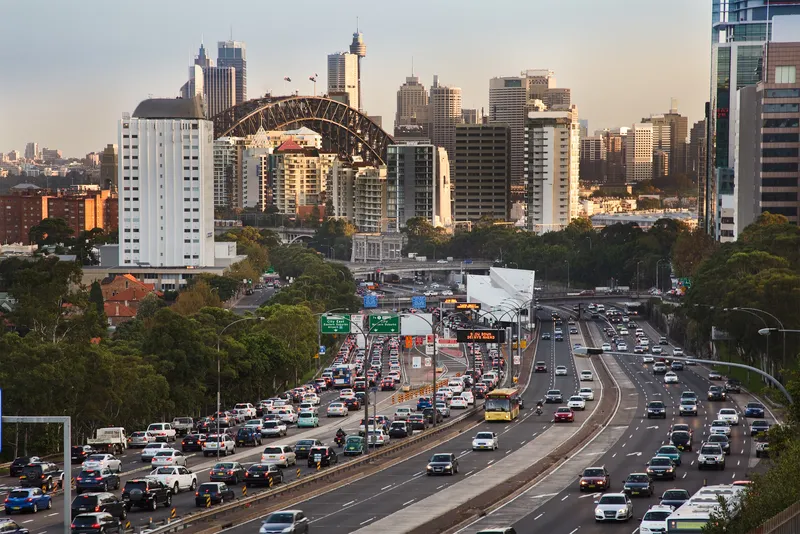Here is partnering with the Iowa DOT to develop automated vehicle and freight movement technologies, in a multi-phased project which lays the foundation for the future of transportation and mobility in Iowa.
By leveraging advanced technology from Here and starting with the I-380 corridor, Iowa DOT aims to create a more efficient and safe road network and generate more economic development opportunities.
Here Open Location Platform, Here HD Live Map, Here Real-Time Traffic and Here Predictive Traffic s
October 11, 2016
Read time: 2 mins
By leveraging advanced technology from Here and starting with the I-380 corridor, Iowa DOT aims to create a more efficient and safe road network and generate more economic development opportunities.
Here Open Location Platform, Here HD Live Map, Here Real-Time Traffic and Here Predictive Traffic solutions will help ready Iowa’s road network for integrated automated vehicle and freight movement. HD mapping provides a highly-precise view of what the road network looks like, while real-time data shows what is happening and that information is delivered to vehicles. Analytics then are applied to be able to predict and understand what is happening ahead. Finally, vehicles are connected to the infrastructure.
The impetus for the project was a freight optimisation and modelling study carried out by Iowa DOT in conjunction with the Iowa Economic Development Authority.
“Our vision is smarter, simpler and customer driven,” says Iowa DOT Director, Paul Trombino III. The department is working to connect the various modes of transport required to move goods effectively and help its customers -citizens and businesses - live and work better.”









